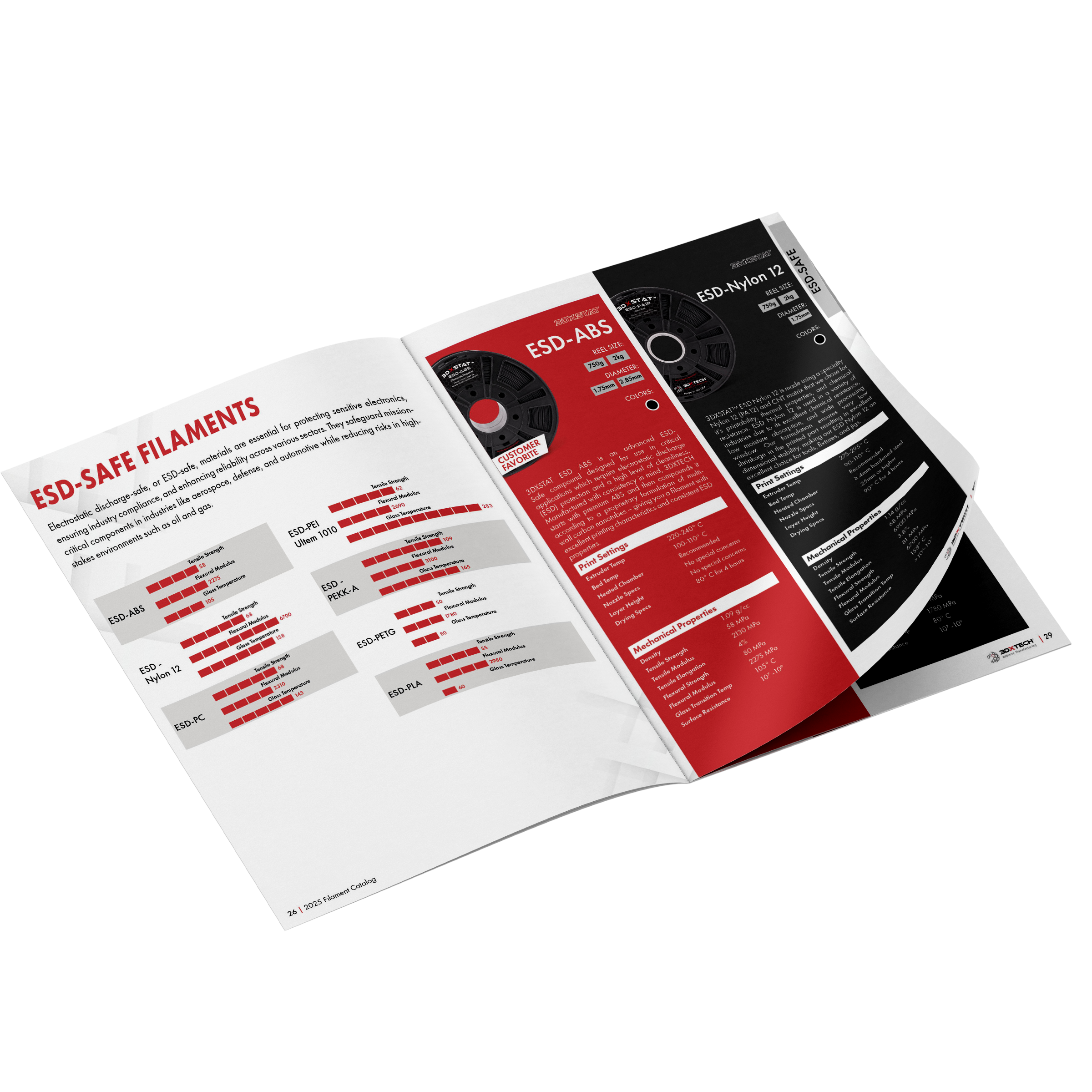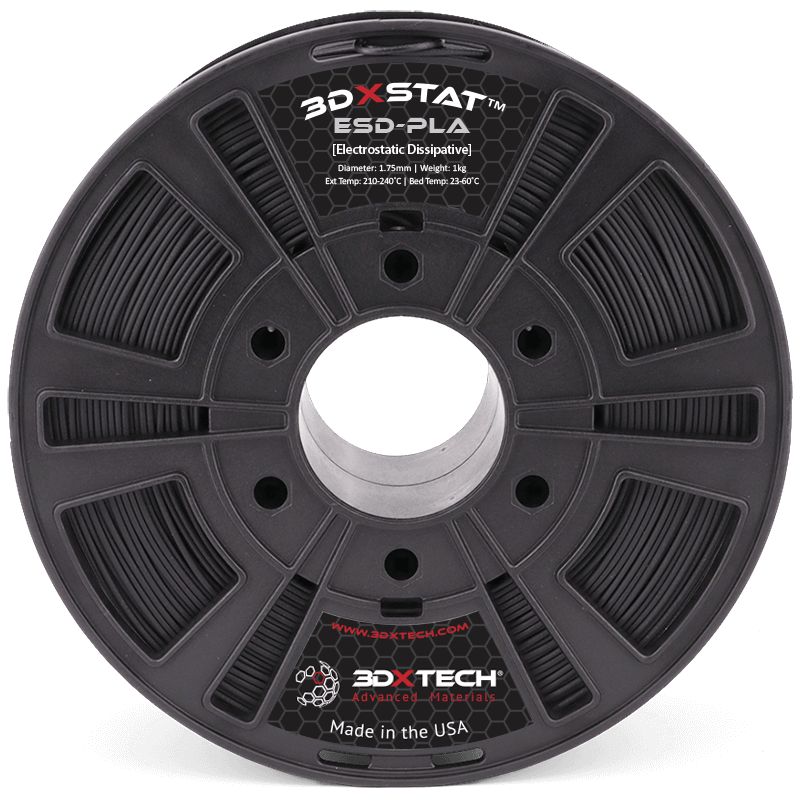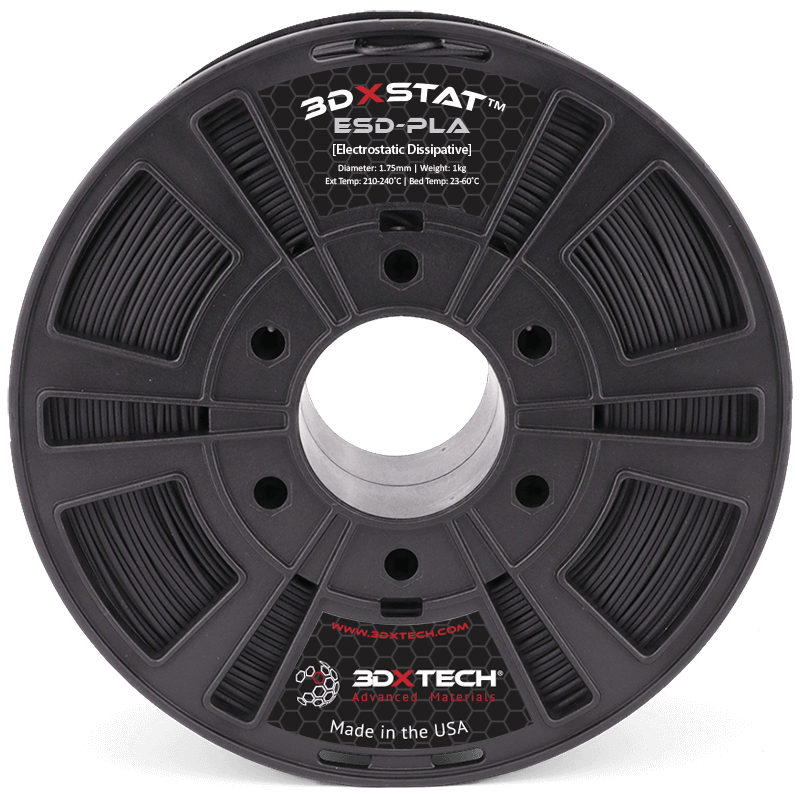3DXSTAT ESD-PLA
As we continue innovating, we’ve found new ways to enhance our ESD lineup. The latest update to 3DXSTAT™ ESD-PLA delivers more consistent resistivity with minimal changes to print settings, ensuring dependable and repeatable performance across every print.
All lot numbers beginning with XX-10XX25-XXXX represent this updated formulation.
3DXSTAT ESD-PLA is an advanced ESD-Safe compound designed for use in critical applications which require electrostatic discharge (ESD) protection. Made using cutting-edge multi-wall carbon nanotube technology, state of the art compounding technology, and precision extrusion processes. Target surface resistance: 104-109 Ohm.
MADE IN THE USA
We manufacture all of our filaments in our 68,000 ft² manufacturing facility (located in Grand Rapids, Michigan) using state-of-the-art equipment and processes. Our goal continues to be to make the most innovative filaments on the market – targeting difficult end-use applications.


Print Recommendations
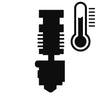
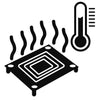
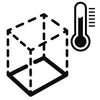



Product Performance Comparison

New Digital Catalog
